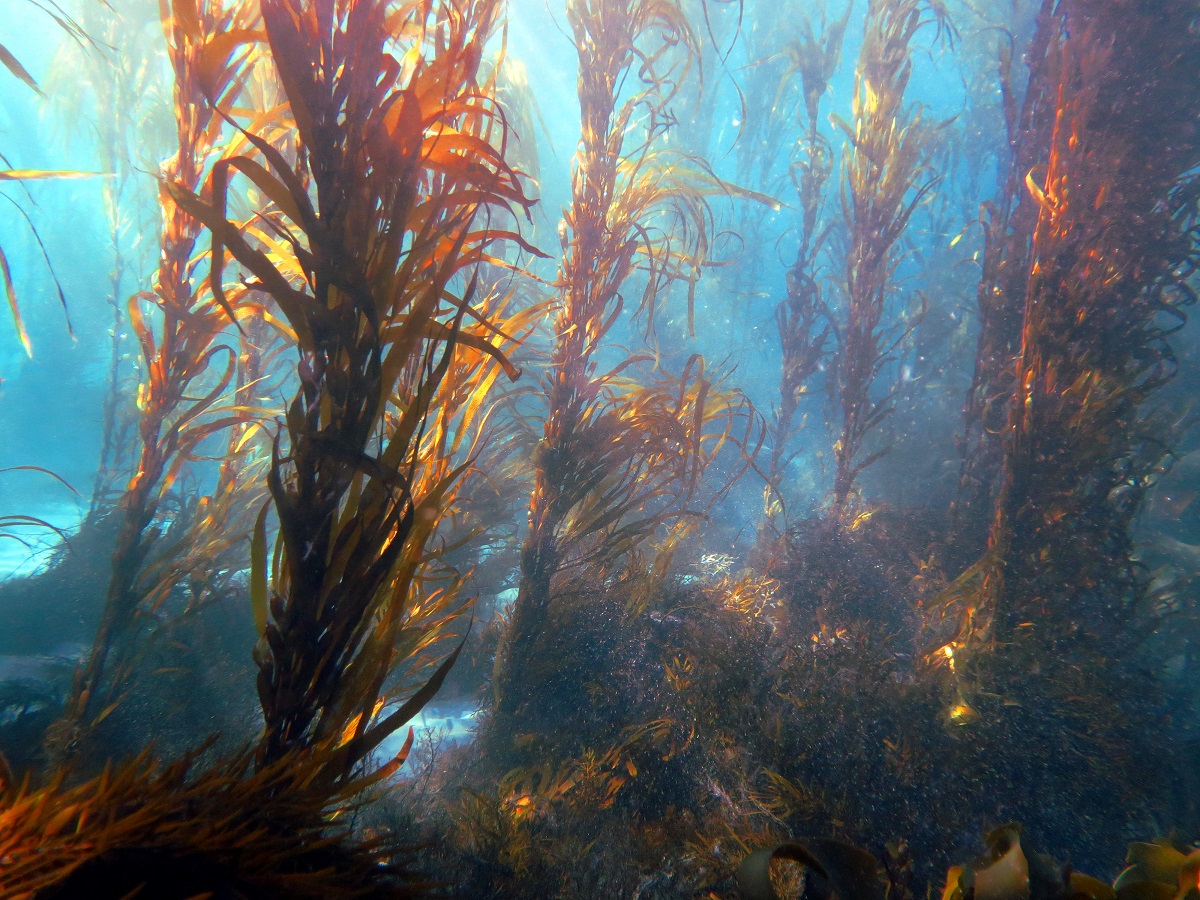A new kelp restoration guidebook launched this month shares lessons learned from projects in Tasmania and around the world. The vision: to cultivate a global alliance of restoration practitioners who will work together to ensure kelp forests flourish in our planet’s changing seas.
Institute for Marine and Antarctic Studies (IMAS) marine ecologist Dr Cayne Layton is one of the lead authors of The Kelp Restoration Guidebook. He acknowledges that, while the science and practice of kelp forest restoration is still relatively new, there is much to be learned and shared from projects and collective successes around the world.

“This guidebook brings together projects that have, until now, often been disconnected and had limited opportunities for knowledge sharing,” Dr Layton said. “It is an important step to promote collaborative and science-based attempts at kelp restoration, where all stakeholders and custodians are engaged in decision-making – and where even short-term failures can provide lessons and help deliver future successes.”
In recent years, much of Dr Layton’s research has focused on restoring Tasmania’s once flourishing giant kelp forests. Dense giant kelp forests used to be a prominent feature of the Tasmania coast, but these kelp forests have declined by around 95% since the 1950s due to ocean warming and the changing climate and oceanography in Tasmania.
Hopefully with the help of this Kelp Restoration Guidebook, we will see Tasmania’s iconic kelp forests recover.
Check out IMAS’ website if you’d like to know more!
